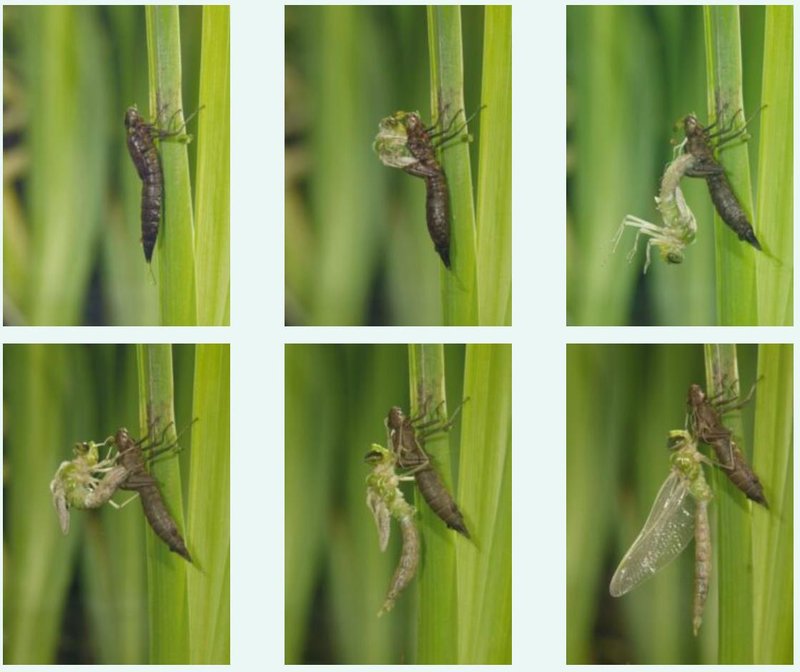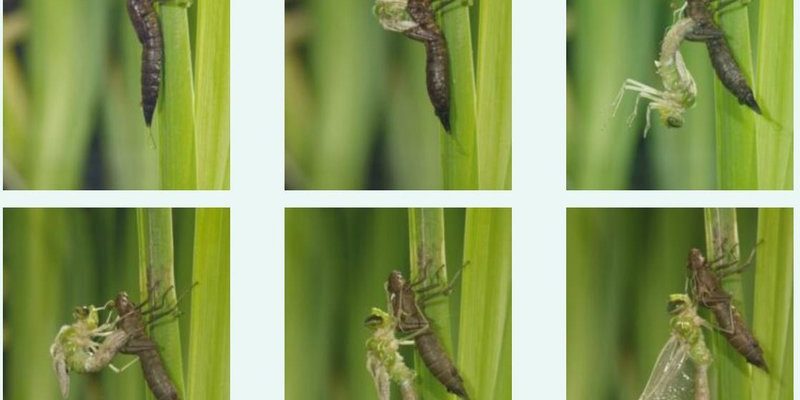
Sabellid fan worms belong to a group of marine annelids characterized by their feather-like gills that fan out beautifully. These worms are generally found in sandy or muddy substrates, making them masters of camouflage and adaptation. With their unique ways of reproducing, they manage to ensure their survival in the ever-changing ocean environment. Curious to find out how they do it? Grab a cup of coffee, and let’s explore the ins and outs of *sabellid fan worm* reproduction, including their mating rituals, egg-laying processes, and the journey of their larvae.
The Mating Dance of Sabellid Fan Worms
When it comes to reproduction, sabellid fan worms have a rather intriguing approach. The mating process begins when these worms, often solitary, find a compatible partner. Here’s the interesting part: sabellid fan worms exhibit *external fertilization*, which means they release their gametes (sperm and eggs) into the water column. This is somewhat like tossing confetti; the gametes float around in hopes of finding each other amid the bustling ocean currents.
During the mating season, which can vary based on environmental conditions, males and females synchronize their gamete release. They might not even have to touch each other! Instead, they rely on timing and the ocean’s currents to guide the sperm to the waiting eggs. This can be compared to a dance where both partners lead and follow at just the right moment. You might wonder how they know when to release their gametes. Hormonal signals triggered by light changes or water temperature often play a crucial role.
The sheer volume of gametes released increases the chances of successful fertilization. Like casting a wide net in hopes of a good catch, sabellid fan worms adopt this method to combat high predation rates on their eggs and larvae. This raises a fascinating question: can you imagine being part of such a vast and chaotic reproductive dance?
The Fascinating Journey of Sabellid Eggs
Once fertilization occurs, the next stage involves the development of eggs. Sabellid fan worm eggs are typically released in clusters, which can vary in color depending on the species. These eggs float in the water column, often to be carried away by ocean currents. The beauty of this stage lies in the uncertainty of the egg’s fate. Will they drift to a safe location or into the jaws of a hungry fish?
Interestingly, sabellid fan worms can produce a large number of eggs—sometimes thousands! This is nature’s way of ensuring that at least some will survive. The eggs hatch into larvae after a few days, depending on the species and environmental conditions. Here’s a fun fact: the larvae of sabellid fan worms are called *trochophore*, named for their distinctive ciliated bands that help them swim through the water. They might look delicate, but these tiny larvae are the future of the species.
During this larval stage, they drift along with the ocean currents, exploring their underwater world. They go through several developmental stages before settling down. You might be wondering how long they remain in this larval form—typically, it can last several weeks, allowing them to travel vast distances. This is one of the ways sabellid fan worms can populate new areas and adapt to changing environments.
The Transformation into Juvenile Worms
After spending time as trochophore larvae, sabellid fan worm larvae undergo a remarkable transformation. They enter a phase called *metamorphosis*, where they develop into juvenile worms. During this transformation, they begin to develop the iconic fan-like structures and gills that give adult sabellid fan worms their unique appearance.
Once ready, the juveniles find a suitable location on the ocean floor, such as a sandy area or a piece of substrate. This choice is crucial, as this will be their home for life. Here’s where things get exciting: they secrete a protective tube around themselves made from mucus, sand, and tiny particles from their environment. Think of it as building a cozy home! This tube not only provides shelter from predators but also helps them filter feed as they grow.
As juveniles, these fan worms may still have a small size, but they begin to feed on microscopic particles in the water, using their feathery fans to capture food. It’s a delicate balancing act, surviving while continuously growing. Over time, they will mature into adults, ready to participate in the reproductive dance, continuing the cycle of life.
Challenges in Sabellid Fan Worm Reproduction
As enchanting as the reproduction of sabellid fan worms may be, it’s not without its challenges. Environmental changes, pollution, and habitat destruction can dramatically affect their reproductive success. For instance, warming ocean temperatures can disrupt the timing of gamete release, leading to mismatched fertilization opportunities. If their mating dance is thrown off, fewer opportunities for reproduction can result.
Predators also pose a significant threat to both eggs and larvae. The sheer number of gametes released helps to counteract this risk, but that doesn’t mean their early life stages aren’t vulnerable. Many fish and other marine animals actively seek out these larvae as a meal. Because of this, reproductive success often hinges on timing and environmental conditions.
Additionally, human activities, such as coastal development and pollution, can destroy their habitats, making it harder for sabellid fan worms to thrive. It’s a complex web of challenges that these resilient creatures must navigate to carry on their legacy.
Why Sabellid Fan Worm Reproduction Matters
Understanding sabellid fan worm reproduction goes beyond just appreciating a unique life cycle. These worms play vital roles in their ecosystems. By filtering particles from the water, they help maintain water quality, which is essential for overall marine health. They also provide habitats for other marine creatures, creating a bustling mini-ecosystem around their tube homes.
Moreover, studying the reproductive strategies of sabellid fan worms can give us insights into the broader implications of marine conservation. By learning how these worms adapt and survive amid challenges, scientists can develop better strategies to protect marine environments. So the next time you see a colorful fan worm waving gracefully in the ocean currents, remember there’s a lot more to their story!
In conclusion, sabellid fan worm reproduction is a captivating blend of biological intricacies and ecological significance. From their unique mating dances to the journey of their eggs and larvae, these creatures tell a story of survival and adaptation. While the challenges they face may seem daunting, their ability to thrive in diverse environments speaks volumes about the resilience of marine life. So, the next time you think of worms, remember the sabellid fan worms and their incredible underwater ballet!

